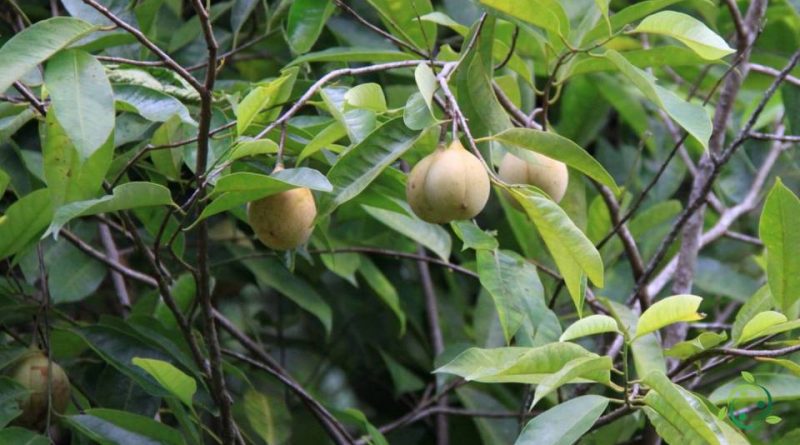How nutmeg is reproduced
How nutmeg is reproduced
Nutmeg (Myristica fragrans Houtt.) Is an arboreal species of the Myristicaceae family native to the Moluccas and some islands of New Guinea and today cultivated in intertropical areas, even if the area of greatest production are the Banda Islands in the archipelago of Moluccas.
Two spices are obtained from this plant:
– the hulled seed, which is nutmeg;
– the external part that covers the seed and that supplies the mace.
It is a plant that grows in rich, very well drained soils, where it prefers sunny places, and needs a minimum temperature above 10-12 ° C. Watering must be regular, and the climate must be very humid. For the details of the cultivation technique, however, refer to the following sheet.
Propagation –
The Myristica fragrans can be reproduced by seed or by cutting; the large seeds germinate easily, but a tree takes 10-15 years to mature but then produces 1500/2000 nutmegs a year for about 70 years.
This multiplication occurs in the spring season.
Another way to proceed is that of vegetative multiplication, that is, by cutting. This practice is preferred as it is possible to propagate in a controlled manner the female specimens alternating with the male ones, the female ones are obviously those that produce fruits; this is because the plant is dioecious, so the two sexes are on different plants. This technique is also carried out in the spring period.
In case the first solution is considered, germination is particularly fast, while flowering occurs over the course of fifteen years.
If, on the other hand, one chooses to carry out the multiplication by cuttings, fruiting is anticipated by a few years, even if the relative reproduction costs are higher.

